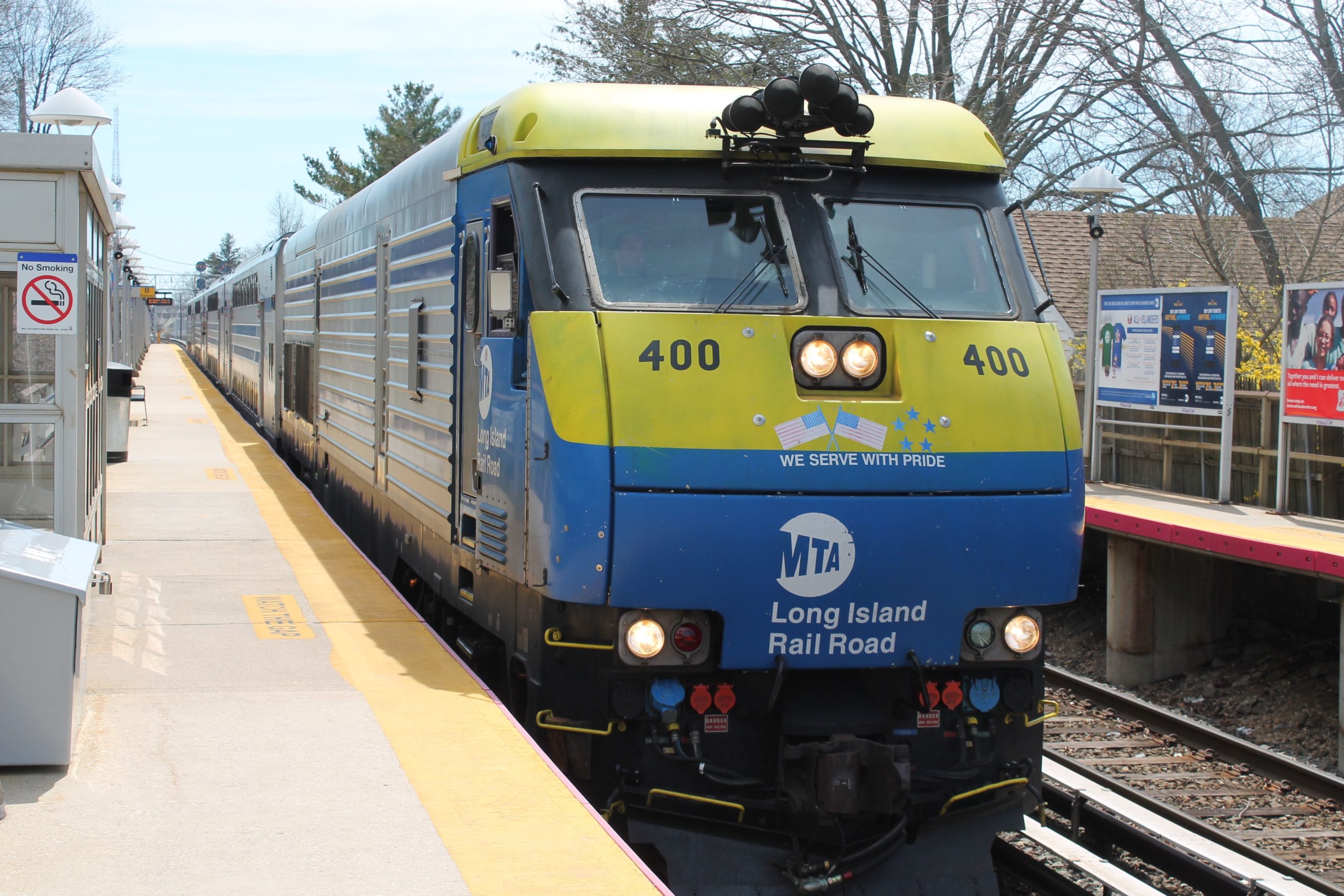The Metropolitan Transportation Authority’s upgrades are necessary but the MTA may need to raise funds to support them, a report last week from the state comptroller’s office suggests.
The report highlights the MTA’s proposed two-phase Subway Action Plan, which will invest $836 million in fixing aging signals and tracks, upgrading infrastructure and averting subway car breakdowns in the first phase. Phase 2, estimated to cost $8 billion, would then aim to modernize the system overall and be included in the 2020-24 capital program.
But the issue comes with increased subway maintenance costs, the report said, with the recurring cost potentially exceeding $300 million annually, equal to an unplanned 4 percent fare and toll increase.
“Maintaining, modernizing and expanding the largest mass transit agency in the nation is critically important to the future of the New York metropolitan region,” state Comptroller Thomas DiNapoli said. “In the absence of adequate funding, the system could fall into further disrepair and riders could face unplanned fare hikes.”
“The state and city need to find solutions to prevent these possibilities from becoming reality, and the MTA must make the best use of its resources,” DiNapoli added.
More than $120 billion in capital improvements have been made by the MTA since 1982, according to the report, but “the pace of investment has not kept up with the need.”
Average weekday subway ridership increased 67 percent from 1991 to 2015, reaching 5.65 million before leveling off last year, according to the report, while subway delays increased from 360,141 in 2013 to 657,413 in 2016.
Additionally, according to the analysis, the state and New York City have not yet agreed to split the cost on Phase I, leading the MTA to draw on reserves.
The report also says that the MTA is paying for most of the 2015-2019 capital program – or 43 percent of the $29 billion, which is more than any other funding partner.
But Joe Lhota, the chairman of the MTA, rejected the idea that fare increases could occur.
“We are extremely encouraged by the growing support for congestion pricing and we categorically reject the idea of any unplanned fare increases,” Lhota said in a statement. “Funding subway repairs will not come on the backs of riders and the comptroller is fear-mongering by injecting unplanned fare increases into the public discourse.”
Nick Sifuentes, the executive director of the Tri-State Transportation Campaign, a nonprofit organization focused on improving public transportation, said the report underscored the need for both fixing the system and the MTA’s ways of being funded.
“We are absolutely talking about something in the tens of billions of dollars to retrofit the system,” Sifuentes said.
He also noted that there are options on the table like congestion pricing, which would implement a toll on currently untolled bridges.
Fares last increased in March even though the LIRR’s performance sank drastically, according to the report, which said that 12,177 LIRR trains were late in the first six months of the year. This is 57 percent higher than in the same period in 2016.
But, the comptroller’s analysis said that nearly half of that increase, or 45 percent, can be attributed to Amtrak, which owns Penn Station and the East River tunnels.
Two of the four tunnels were “severely damaged” from Superstorm Sandy and “have not been repaired,” according to the report, and delays there more than doubled from 148 in the first half of 2016 to 329 in the first half of 2017.



